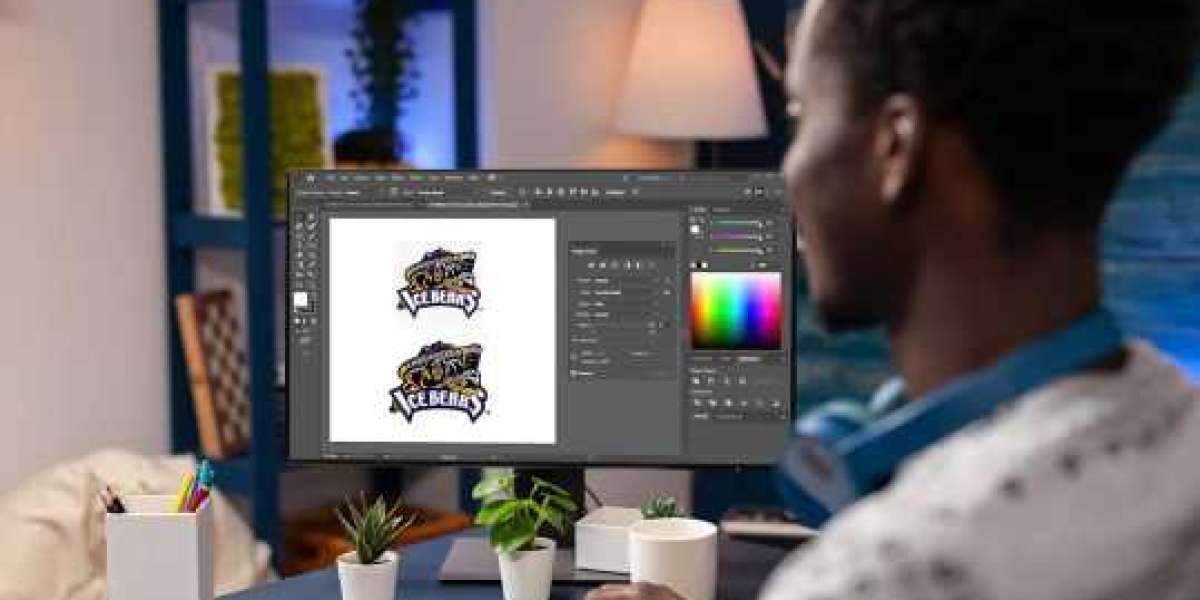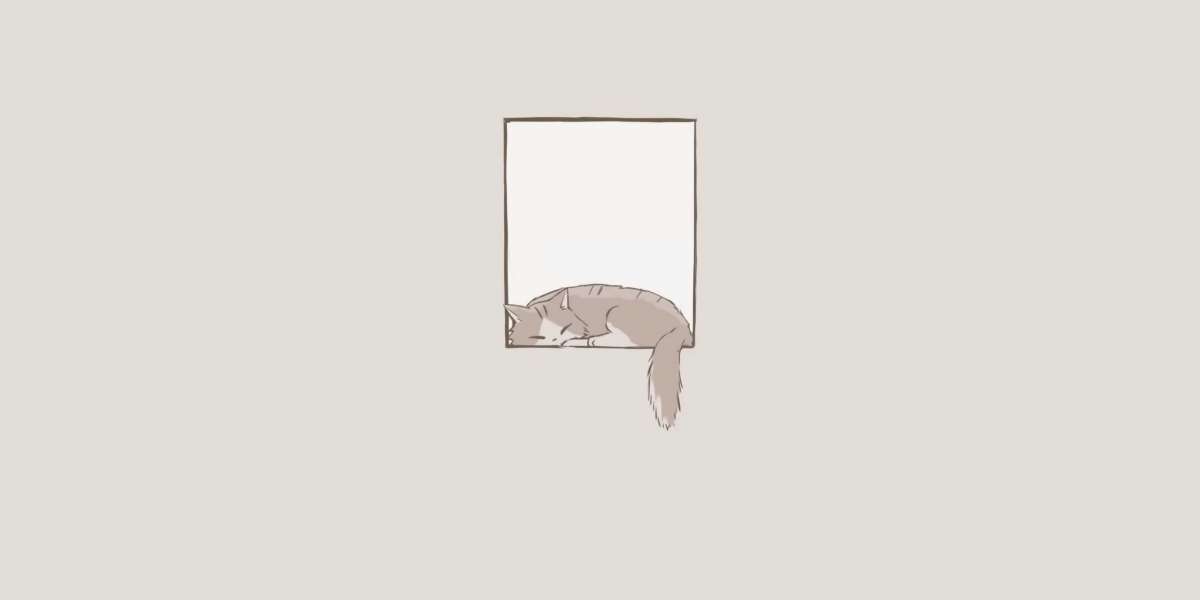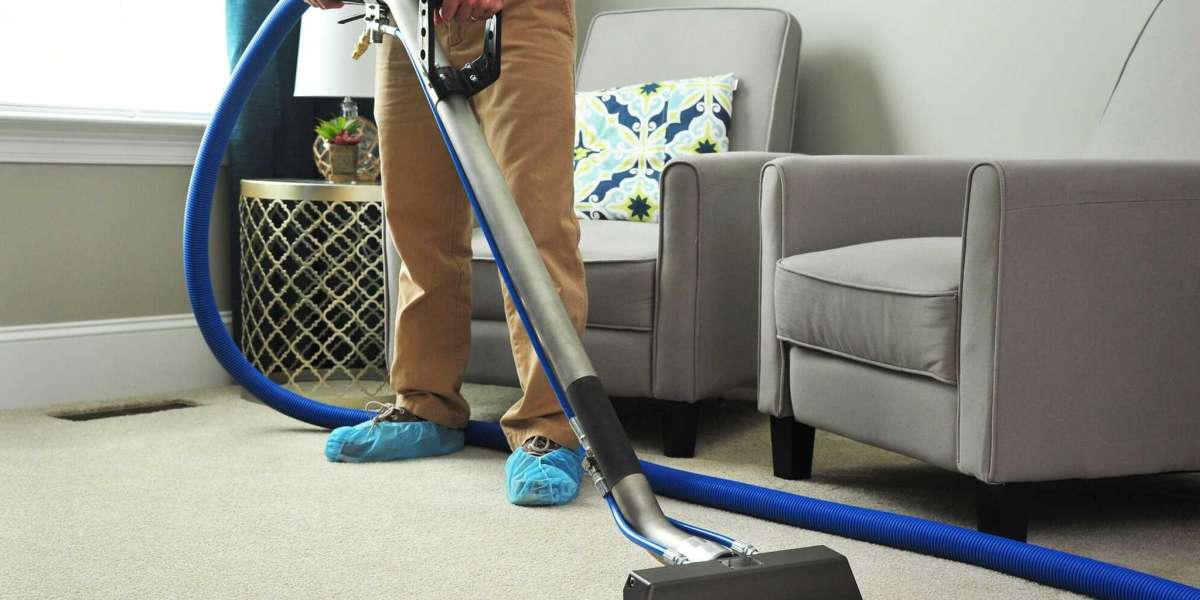Introduction
If you're using Pfaff embroidery machines, you know PXF files are their native language - but are you truly leveraging their full potential? While basic digitizing gets your designs stitched, advanced PXF file embroidery techniques transform good work into exceptional, gallery-quality pieces that stand out in precision and professionalism.
Professional embroiderers typically guard these PXF file embroidery secrets closely, but today we're revealing the methods that elevate ordinary projects to extraordinary results. Whether you're creating high-end fashion pieces, corporate apparel, or detailed decorative work, mastering PXF file embroidery will help you:
Eliminate common stitching errors that plague amateur work
Achieve perfect fabric adaptation for any material
Optimize designs for maximum production efficiency
Create stunning visual effects that wow clients and customers
Unlock hidden features in your Pfaff machine's software
This comprehensive guide to PXF file embroidery will show you how to push beyond basic digitizing and achieve results that rival professional embroidery houses. From advanced stitch optimization to fabric-specific programming, you'll discover techniques that most embroiderers never learn.
Understanding PXF File Advantages
Why PXF Outperforms Generic Formats
Pfaff's proprietary PXF format offers unique benefits when properly utilized:
Machine-Specific Optimization
Leverages your Pfaff's exact capabilities
Includes specialized stitch algorithms
Enhanced Metadata
Preserves exact color information
Stores preferred hoop settings
Maintains designer notes
Superior Editability
Full modification capability in Pfaff software
Better stitch-level control than DST/PES
Advanced Stitch Optimization Techniques
1. Dynamic Density Adjustment
Professional digitizers vary density within designs:
| Area Type | Recommended Density |
|---|---|
| Small text | 0.35mm |
| Large fills | 0.45mm |
| 3D Puff areas | 0.3mm |
| Delicate fabrics | 0.4mm |
Pro Tip: Create density maps in your software to visualize adjustments.
2. Intelligent Underlay Strategies
Go beyond basic zigzag with these pro approaches:
Contour Underlay: For stretchy fabrics
Radial Underlay: Perfect for circular designs
Dual-Layer Underlay: For heavyweight materials
3. Stitch Direction Mastery
Advanced direction control prevents fabric distortion:
45° Angles: For square/rectangular elements
Radial Patterns: For circular designs
Variable Flow: Following natural shapes
Fabric-Specific PXF Programming
1. Knit Fabric Techniques
Increase pull compensation by 15%
Use elastic underlay patterns
Reduce top tension slightly
2. Leather/Vinyl Methods
Lengthen stitches by 10-15%
Add perforation relief spaces
Use teflon-coated needles
3. Towel Embroidery Secrets
Triple underlay foundation
20% density reduction
Special loop compensation
Professional Design Effects
1. 3D Puff Perfection
Layer foam AFTER first underlay
Use wider satin stitches (1.5-2mm)
Add stabilizing running stitches
2. Photorealistic Techniques
Convert images to grayscale first
Use 12-15 thread colors minimum
Layer from dark to light tones
3. Metallic Thread Magic
Slow machine speed by 30%
Increase stitch length slightly
Use metallic-specific needles
Workflow Efficiency Hacks
1. Custom Keyboard Shortcuts
Program these time-savers in Pfaff software:
Quick density adjustment
Instant stitch type changes
Rapid color reassignment
2. Batch Processing Tricks
Create templates for common items
Set up automated file naming
Build preset libraries
3. Testing Protocols
Professional 3-stage testing:
Virtual simulation
Scrap fabric stitch-out
Final material sample
Troubleshooting Advanced Issues
1. Solving Registration Problems
Check underlay sequence
Verify hoop stability
Adjust pull compensation
2. Preventing Thread Breaks
Smooth sharp corners
Alternate stitch directions
Optimize trim points
3. Fixing Puckering
Reduce density incrementally
Change underlay type
Adjust stabilizer use
PXF vs Other Formats
| Feature | PXF | DST | PES |
|---|---|---|---|
| Editability | ★★★★★ | ★★ | ★★★ |
| Pfaff Optimization | ★★★★★ | ★★ | ★★★ |
| Metadata Retention | ★★★★★ | ★★ | ★★★ |
| Color Control | ★★★★★ | ★★★ | ★★★★ |
Essential Pfaff Software Features
1. Stitch Simulator
Preview before stitching
Identify potential issues
Test different fabrics virtually
2. Advanced Hoop Manager
Create custom hoop profiles
Set safe zones precisely
Manage multi-hoop designs
3. Thread Color System
Match exact Pantone shades
Build custom palettes
Optimize color changes
Professional Production Tips
1. File Management
Version control (v1, v2, final)
Cloud backup plus local copies
Detailed naming conventions
2. Machine Maintenance
Daily needle changes
Weekly bobbin case cleaning
Monthly professional servicing
3. Quality Control
First article inspection
Random production checks
Final approval process
Conclusion
Mastering advanced PXF techniques elevates your embroidery from competent to extraordinary. By implementing these professional methods:
✔ Your designs will stitch out perfectly the first time
✔ You'll handle challenging fabrics with confidence
✔ Production efficiency will significantly improve
✔ Finished products will impress even discerning clients
Remember that excellence in embroidery comes from both technical skill and artistic vision. Which of these advanced techniques will you implement first in your workflow?








